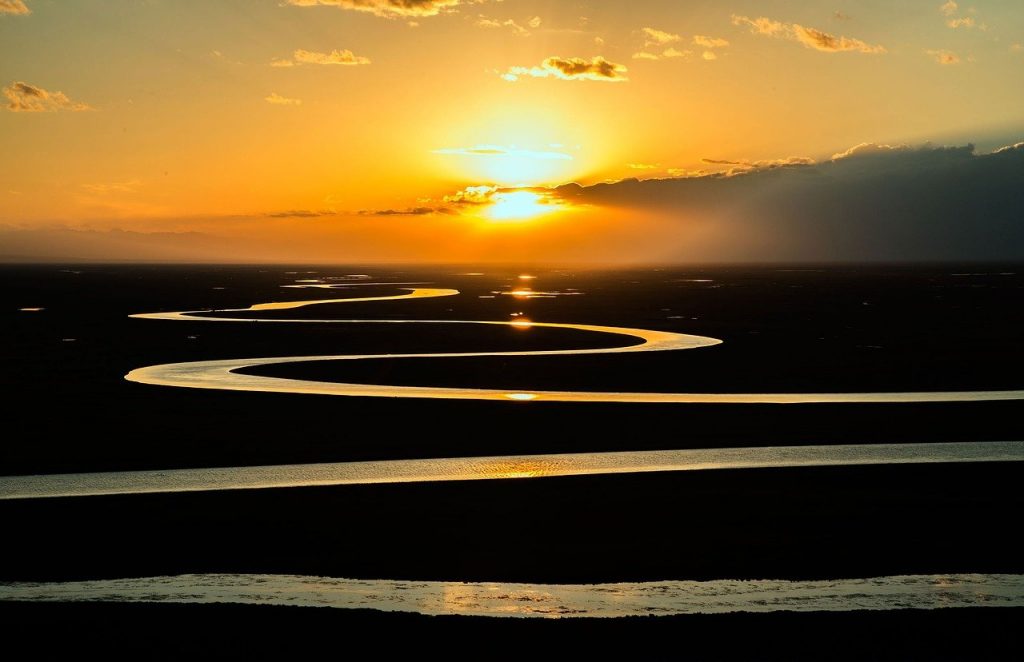Estimated reading time: 10 minutes
Sunrise photography is stunning. Many of us miss the best free show nature has to offer every day because we don’t get up in time! However, as photographers, we have grown accustomed to working long hours and in remote locations.
Even if you’re not usually an early riser, photographing sunrise will make you want to be! There are some pointers to help you take the best sunrise photos. Consider everything listed below if you want to take your photography to the next level and make the most of golden hour!
Sunrise Photography Tips
Sunrise photography is one of the most rewarding photographic genres. The tranquility of early morning and a sky full of colors and clouds can inspire any photographer to connect with nature and feel inspired. Here are our top tips for making your sunrise photos stand out.
Location
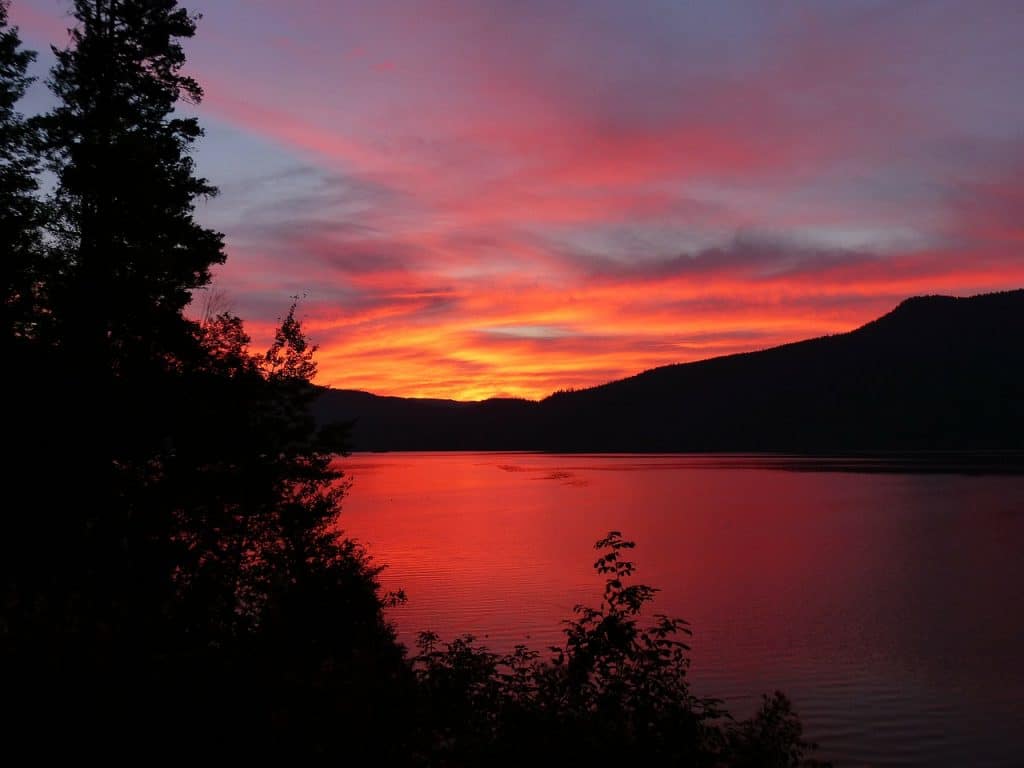
Before you go out, you should scout the locations you want to shoot in. The best thing to do is Google “best sunrise locations” followed by the name of the location you’re shooting in. In addition, use Instagram to find the best locations and examples to inspire your next scene. Consider admiring the work of these photographers, who frequently photograph at sunrise.
Landscape
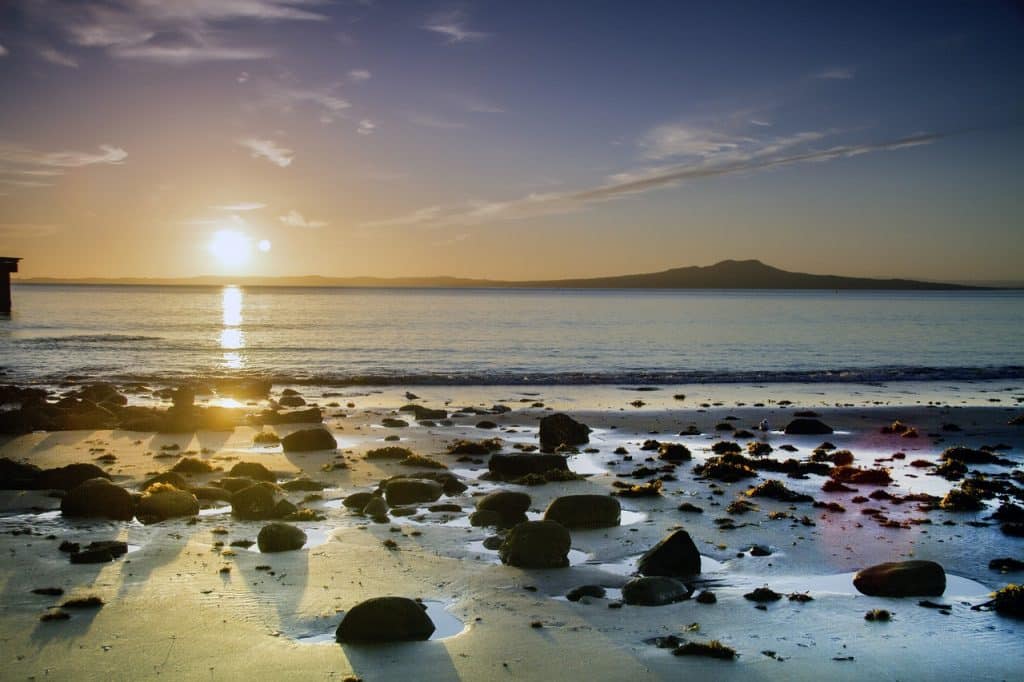
When looking for locations for your next sunrise shot, keep in mind the types of landscapes you’ll be photographing. Do you want to photograph the sunrise over the ocean? Or perhaps you want a sunrise shot with mountains and trees in the background.
Furthermore, you may live in a city full of skyscrapers, which necessitates more planning to determine where the sun can shine through. Perhaps you have a friend who can provide a sunrise view from their apartment window. Consider all of these options when deciding on a sunrise location.
Planning
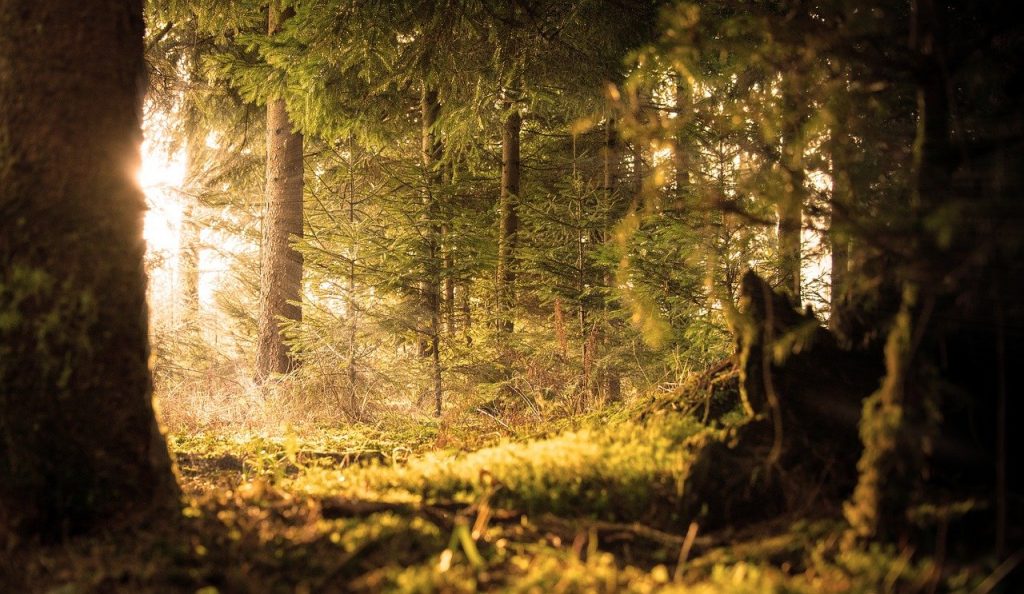
It’s critical to prepare ahead of time in order to capture the perfect golden hour sunrise. Pack your camera bag the night before, when you are more focused and not sleepy-eyed. Arrive at your location at least an hour before sunrise to set up your tripod, gear, and take some practice shots.
Remember that the beautiful colors that typically accompany a sunrise can vanish in 30 minutes, so don’t waste time fiddling with your equipment.
Weather
The weather plays an important role in sunrise photography, so check the forecast before heading to your favorite spot. Clouds are a major issue, and a rainy day can ruin a perfectly good sunrise session.
Shoot HDR
Sunrise photography allows for a wide range of exposure levels. The background could be the bright sun with dark plants or a beach in the foreground. The clouds are dark, but they are bursting with color around the sun. Shooting in HDR mode is useful for capturing all of the different colors and exposure levels of light.
Best Time to Take Sunrise Photos
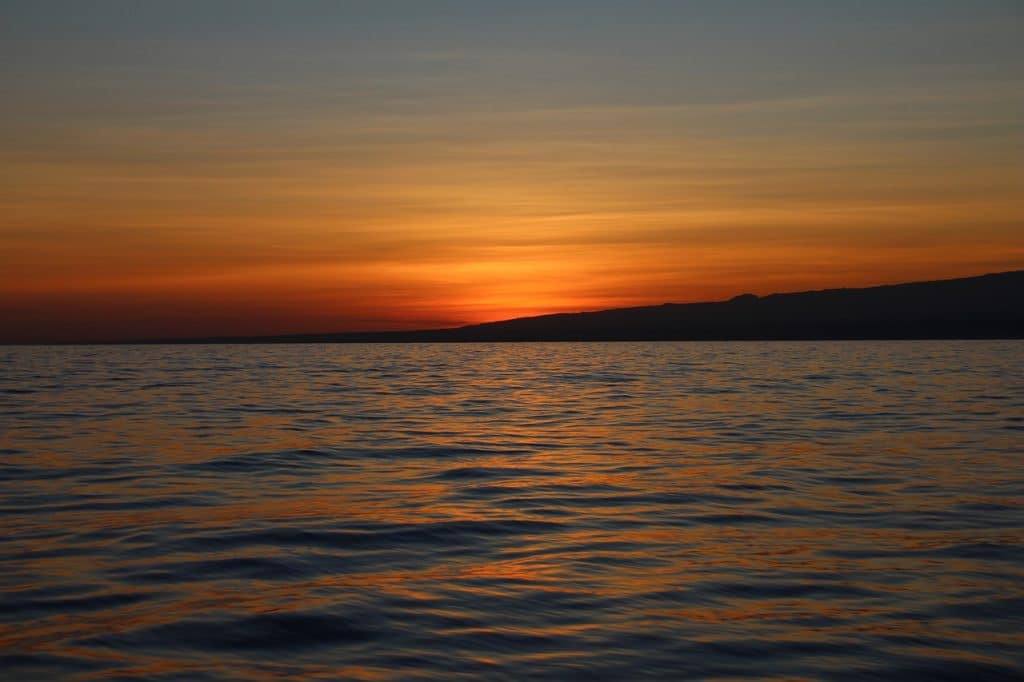
The time of day is important when photographing the sunrise. Remember that getting there early is essential for a successful sunrise shoot. As with most photography situations, time is required to prepare, plan, and anticipate what will occur.
As previously stated, try to arrive one hour before sunrise. The amount of light at sunrise changes constantly, which is why it’s critical that you’re already set up and ready to capture the sun.
Camera Settings for Photographing Sunrise
Now comes the tricky part: what are the best settings for sunrise photography? Of course, your sunrise photography settings will vary depending on where you are, what time it is, and what equipment you have. Your settings will also change depending on which way the sun is shining. To have the most control, always try to set your camera to manual mode.
Shutter Speed
The shutter speed is what you will most likely change, and it is heavily influenced by the weather and surroundings. When photographing a sunrise, expect to use long shutter speeds to capture movement and more color variations. This is why it’s critical to bring a tripod or find a hard surface to rest your camera on.
Consider starting your shutter speed at 5 minutes or at least 30 seconds if you are shooting an hour before sunrise. If you have a more advanced DSLR camera, use a release cable and switch to Bulb mode. You’ll start in low light, but as the sun rises, you’ll need to adjust to a faster shutter speed.
Long Exposure
Consider using settings that allow for a longer exposure time if you want to capture the movement of passing clouds or the ocean in your sunrise images. To photograph the movement of a scene with a sunrise or sunset, you will need a stable tripod and a shutter speed of around a minute or more, as mentioned above.
Post Processing
Consider how you will post-process your images when shooting. To bring out the details and colors of the sunrise, you will usually want to increase the highlights and shadows in your images. Remember to shoot in RAW so that you can make the most of your post-processing techniques.
Aperture
Normally, you’ll want to increase your aperture so that your entire scene is in focus. Aim for an aperture of between f/8 and f/11. However, each camera has its own sweet spot for focusing, so experiment until you find yours.
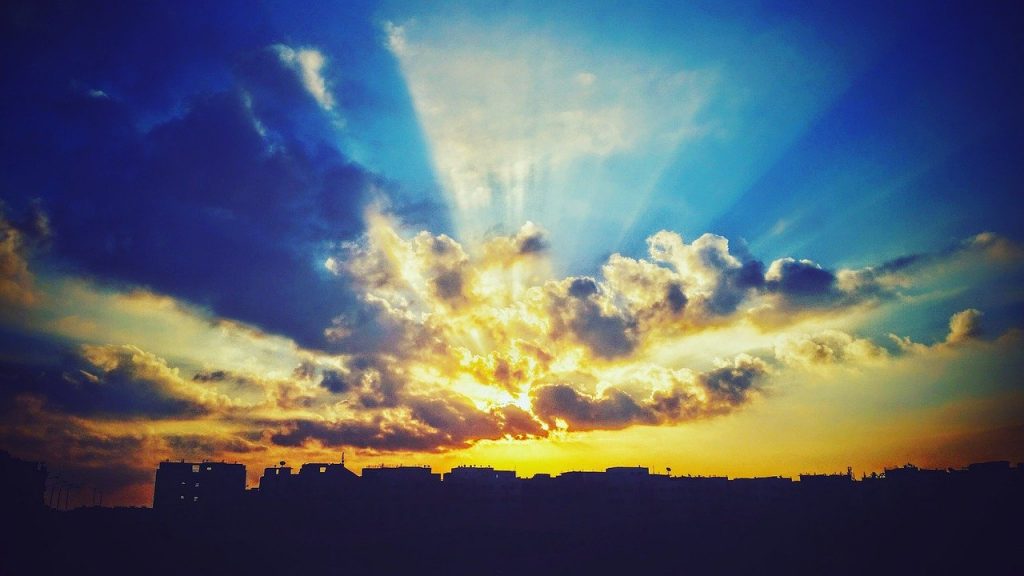
ISO
When it comes to the best ISO settings, cameras vary greatly. When you use the highest ISO setting, your images can become grainy or noisy. However, if you have a high-end DSLR, you can usually increase the ISO while avoiding image noise.
Depending on whether you’re photographing moving subjects like birds or waves, your ISO should increase. However, if you’re just shooting a typical sunny scene, you might be able to keep the ISO around 100. Play around with each image until you achieve the desired quality. When shooting long exposures, a good rule of thumb is to keep it as low as possible.
Focus
Because you will be working in low light, your camera may have difficulty focusing. Try using a flashlight and pointing at a solid object to focus on the sky or any other subject. Use this light as the focal point for your camera and press the shutter halfway down. Once you’ve locked your focus, switch to manual mode so it stays put until you’re ready to shoot.
Bracketing
As previously stated, when photographing a sunrise, the exposure is frequently unbalanced. As a result of light’s uneven dispersion. Photographers may have to choose between exposing for the shadows and exposing for the highlights because they cannot easily expose everything in the scene.
However, if you use bracketing, you can avoid this. Bracketing is the process of capturing a variety of exposures, some brighter and some darker. Then, in post-processing, you can combine the exposures to create a single fully exposed image without losing any details or colors.
White Balance
Many photographers fail to change their white balance and instead rely on the automatic setting. Knowing how to change and adapt your white balance for sunrise or sunset photography, on the other hand, can completely transform your images.
Recognize that some light contains more blue, yellow, or white. The temperature of the light will be measured in Kelvin degrees, and the lower the value, the warmer the light.
The middle Kelvin range is around 5,000 and emits the same color of light as the sun at noon. Set your white balance to the lower part of the Kelvin scale or to the cloudy setting to keep the warm tones in your sunrise photography.
Gear Recommendations
Your lighting conditions will always vary, but this list of equipment will help you capture the best early morning shots no matter what.
Cameras
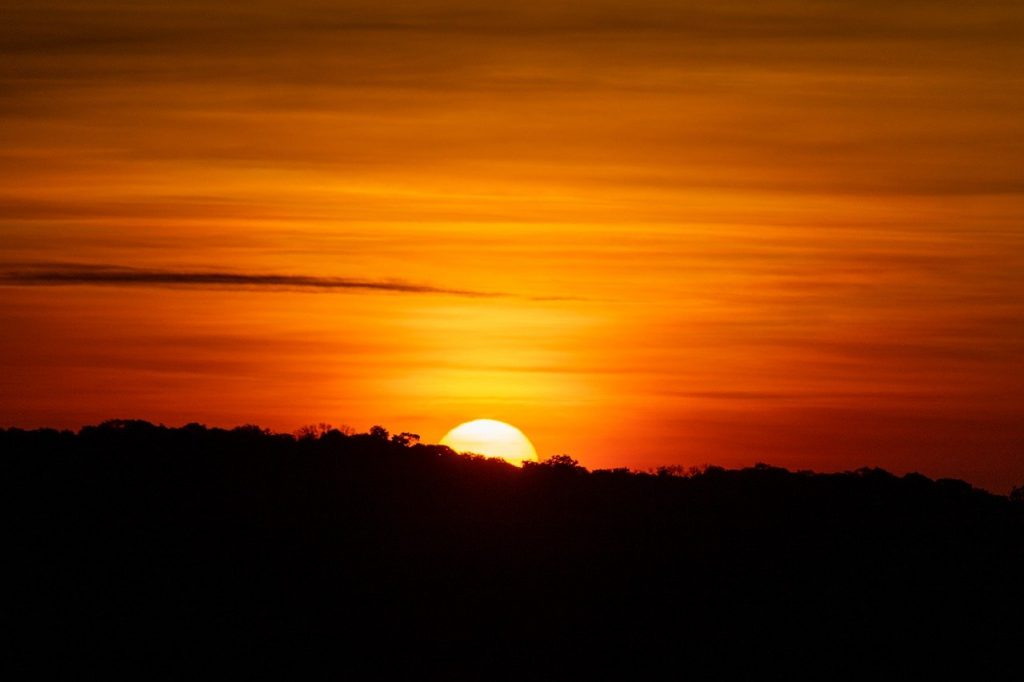
When it comes to selecting a landscape camera for sunrise or sunset photography, there are no hard and fast rules. However, there are a few things you should look for when purchasing a camera.
Dynamic Range- Having a camera with a good dynamic range is essential for capturing a variety of colors and highlights in your images. Most modern cameras have a wide enough dynamic range to capture beautiful sunrise colors.
Megapixels aren’t all that important. The only time they come into play is when you want to print very large images, like wall-sized! If you frequently crop your images, you’ll need a higher resolution camera to keep the details and sharpness when cropping.
Tripod
This is one of the most important items to bring on a sunrise photo shoot. Because you’ll be shooting at low shutter speeds, you’ll need a stable way to hold your camera to avoid blurry photos.
Lenses
A wide-angle lens provides the most control when capturing a grand scene. A wide-angle lens will allow you to capture the entire landscape without missing any details.
Consider bringing a telephoto lens if you are shooting far from the horizon or wildlife. These lenses are excellent for zooming into any composition and can assist you in focusing and balancing your photograph. A telephoto lens is essential for making a bird stand out from the rest of the scene.
Batteries
Nothing beats waking up early to catch a spectacular sunrise, only to discover that your battery is about to die and you don’t have another. Don’t make the same stupid mistake. Charge your batteries the night before and bring extras with you.
Filters
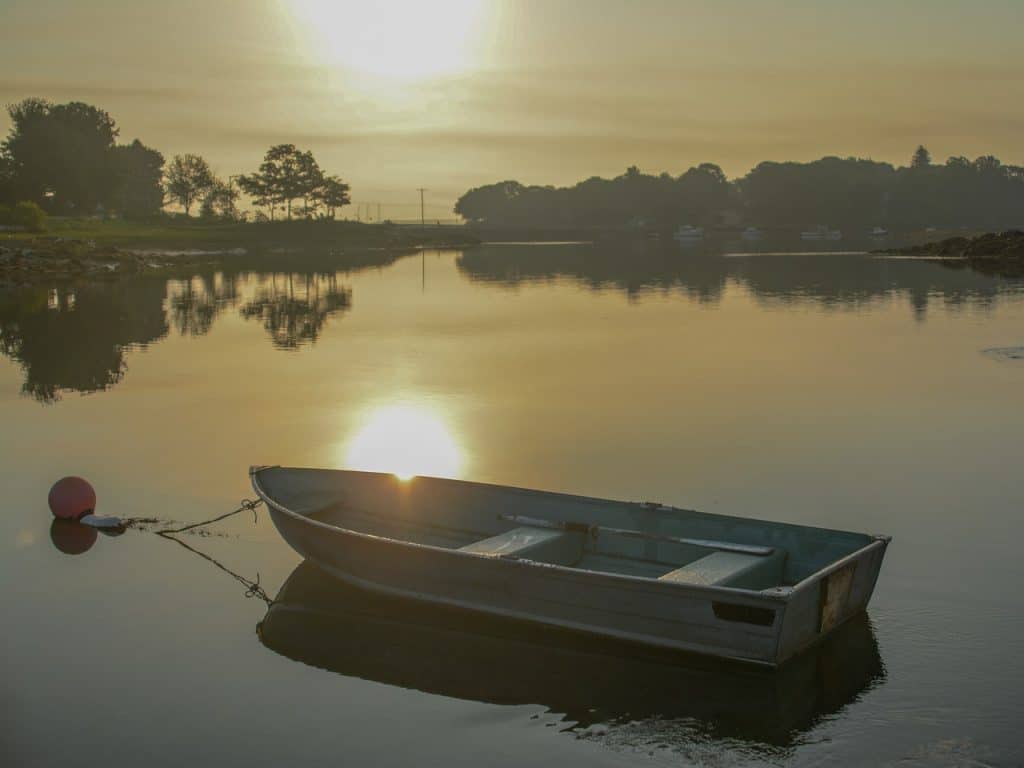
Filters are essential for properly photographing the sun while retaining the sky and cloud elements. There are numerous filters and polarizers to choose from.
Each provides a unique type of assistance in balancing your exposure. If you want to photograph the sun while keeping the clouds and color around it, a filter will be your best friend.
The Best Apps for Photographing Sunrise
These apps are frequently free or inexpensive to download and will assist you in better planning any sunrise photography session.
PhotoPills: This app explains what’s going on in the sky, such as the movements of the sun, moon, and stars.
Accuweather: Get hourly updates on what’s happening with the weather in your area.
GPS Kit: This app provides maps and directions even if your phone’s signal goes out. This can be very useful when photographing wild natural landscapes.
FINAL WORDS
Whether you are a seasoned sunrise photographer or just starting out, we hope this article provided some new insights into your images. Consider your camera settings and location when photographing sunrises for greater control over your results. The most important thing is to go out and enjoy yourself. The second most important thing to do is to set an alarm!
Note: If you want to make some adjustments to the photo just let me know. I can do it for you at a very low cost. You can hire me to edit your photo.
LATEST POST
- What is Midjourney
 Discover the capabilities of Midjourney AI, learn how to effectively utilize the platform, and explore the advantages and disadvantages of the Midjourney AI image generator across its different pricing options.
Discover the capabilities of Midjourney AI, learn how to effectively utilize the platform, and explore the advantages and disadvantages of the Midjourney AI image generator across its different pricing options. - Brand identity elements
 In the vast marketing universe, imagery is pivotal in establishing and nurturing a brand’s identity. A brand’s visual choices are not merely aesthetic decisions but strategic moves that can significantly influence perception and performance. This Picfixs article explores the intricacies of selecting imagery that complements and enhances a brand’s essence, ensuring it resonates with the… Read more: Brand identity elements
In the vast marketing universe, imagery is pivotal in establishing and nurturing a brand’s identity. A brand’s visual choices are not merely aesthetic decisions but strategic moves that can significantly influence perception and performance. This Picfixs article explores the intricacies of selecting imagery that complements and enhances a brand’s essence, ensuring it resonates with the… Read more: Brand identity elements - 100 Best Mountain Captions and Mountain Quotes for Instagram
 Ready to scale new social media heights? Look no further than this treasure trove of 100 exhilarating captions and quotes, handpicked for your Instagram mountain posts!
Ready to scale new social media heights? Look no further than this treasure trove of 100 exhilarating captions and quotes, handpicked for your Instagram mountain posts! - Symmetry in Photography: A Creative Approach with Examples
 Delve into the enchanting realm of symmetry in photography as we showcase mesmerizing examples on our website. Experience the allure of perfectly mirrored images!
Delve into the enchanting realm of symmetry in photography as we showcase mesmerizing examples on our website. Experience the allure of perfectly mirrored images! - 11 Quarantine Photoshoot Ideas to Try at Home for Amazing Photos
 Looking for unique photoshoot ideas during quarantine? Explore the 11 creative suggestions that will help you capture unforgettable moments at home.
Looking for unique photoshoot ideas during quarantine? Explore the 11 creative suggestions that will help you capture unforgettable moments at home.
RELATED LINK


